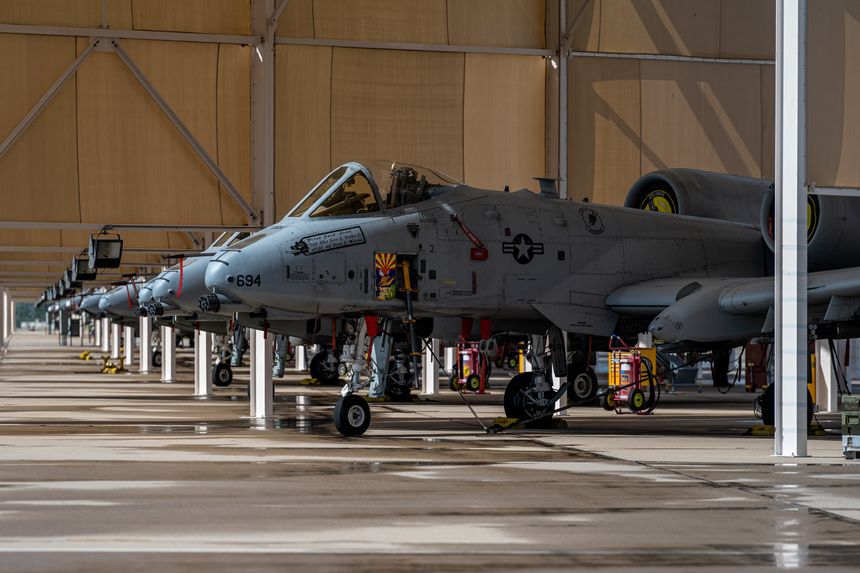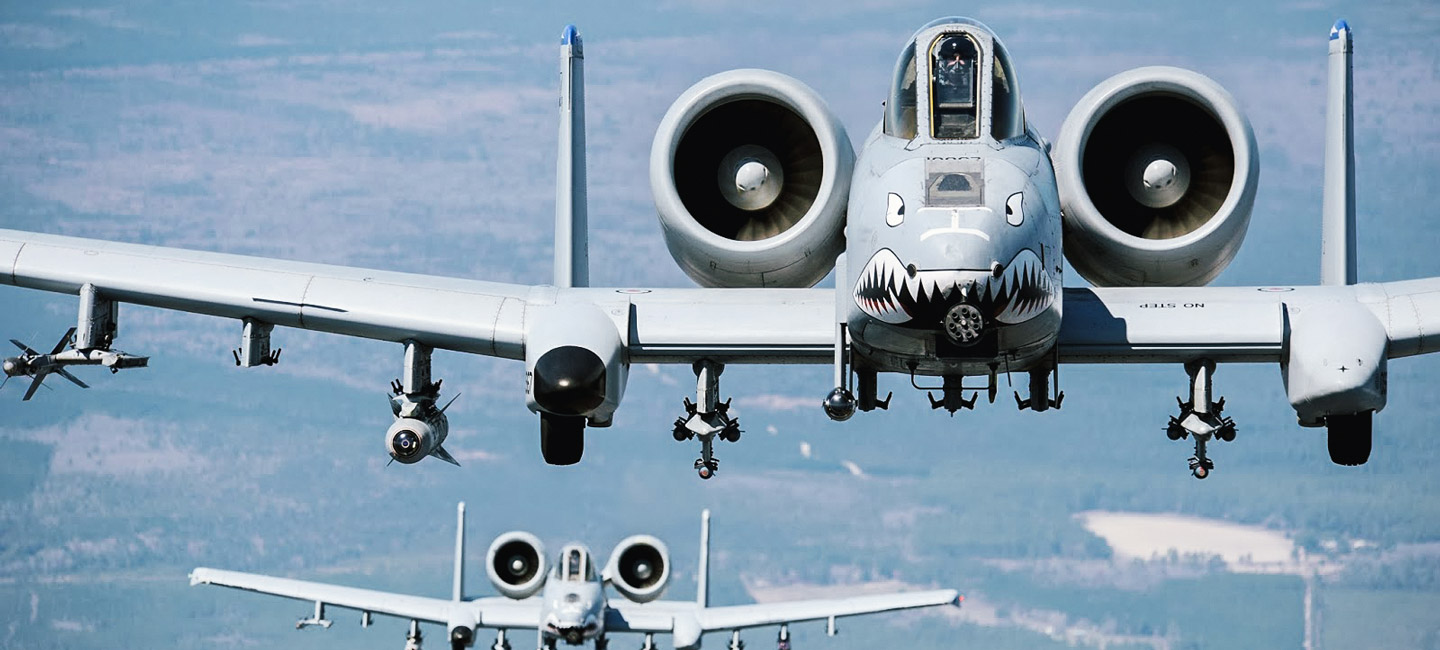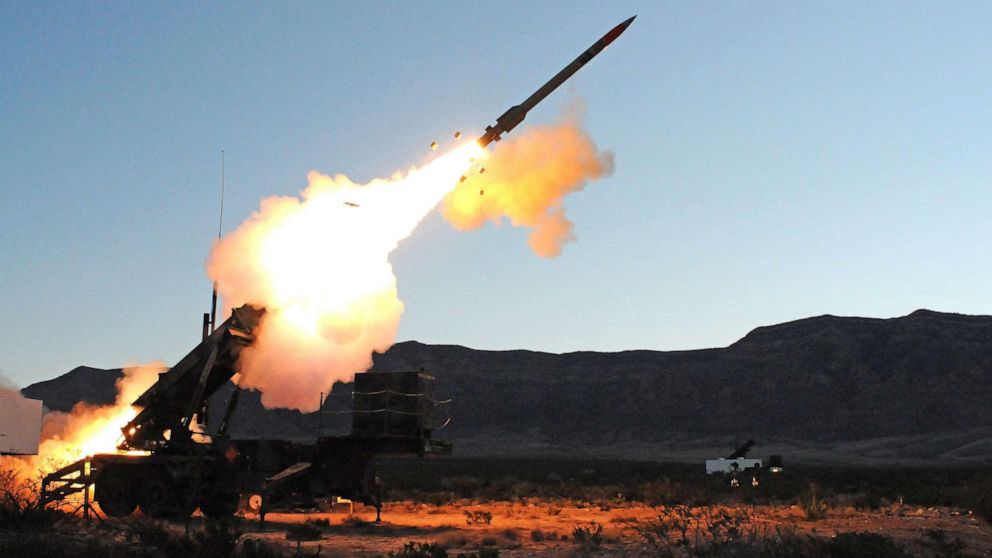The iconic A-10 Thunderbolt II attack aircraft will go to the Middle East to assist the F-15E Strike Eagle and F-16 Fighting Falcon

The A-10 Thunderbolt II has proven itself in Iraq and Afghanistan, but its time has passed. However, the US Air Force has found a new use for the aging aircraft.
Here's What We Know
The A-10 Thunderbolt II is believed to be ineffective in military conflicts with adversaries who have advanced air defence systems. As relations between the US and Russia/China deteriorate, the US Air Force has decided to send advanced aircraft to the Pacific and Europe, while the A-10s will be deployed in the Middle East.

The deployment of Fairchild Republic's iconic attack aircraft is scheduled for April 2023. It will be part of a wider US plan to maintain a modest land and sea force in the region.
US forces in the Middle East are holding back militias backed by Iran. They have carried out 78 strikes against US and coalition positions since 2021. Most of the attacks use rockets, mortars and drones. For example, a drone attacked a US base in Syria a few days ago.

The Ministry of Defence has decided to keep 2.5 fighter squadrons in the Middle East. The US Air Force will send a group of A-10 Thunderbolt II attack aircraft to help them. The squadron normally consists of 12 aircraft. The A-10s will be deployed in the region along with the F-15E Strike Eagle and F-16 Fighting Falcon.
The plan came as a surprise as the US Air Force wants to phase out all Thunderbolt II aircraft and is doing so at a rapid pace. The draft budget for fiscal 2024 envisages the retirement of 42 attack aircraft. In addition, 21 aircraft will be retired this year.

Experts believe the A-10 will be useful in the Middle East against lightly armed militia fighters or Iranian warships. It would allow the US Air Force to free up more advanced multi-role fighters and send them to other regions.

US officials familiar with the situation say that in addition to the aircraft, the US will retain two divisions of Patriot surface-to-air missile systems in the Middle East. One division consists of four batteries, each with up to eight launchers. In addition, more than 30,000 U.S. military personnel will remain in the region.
Source: WSJ